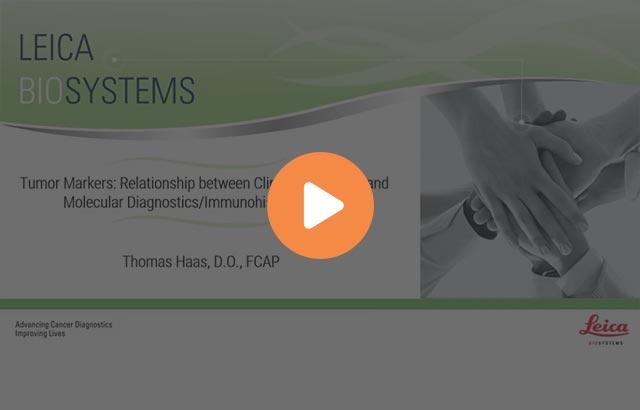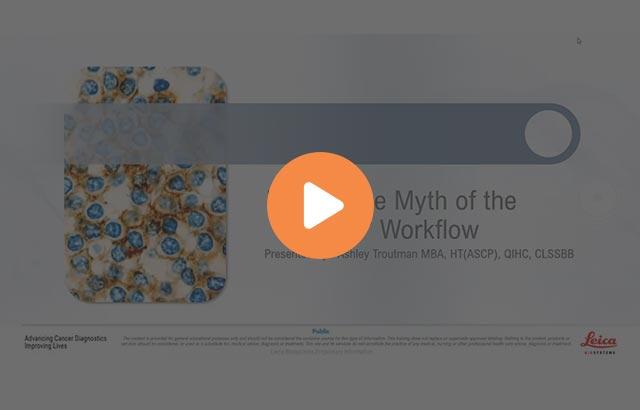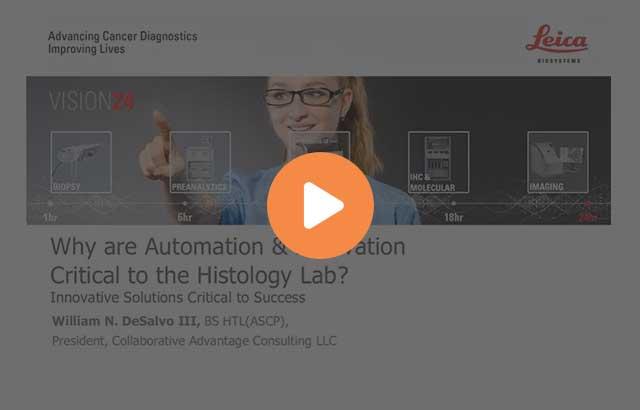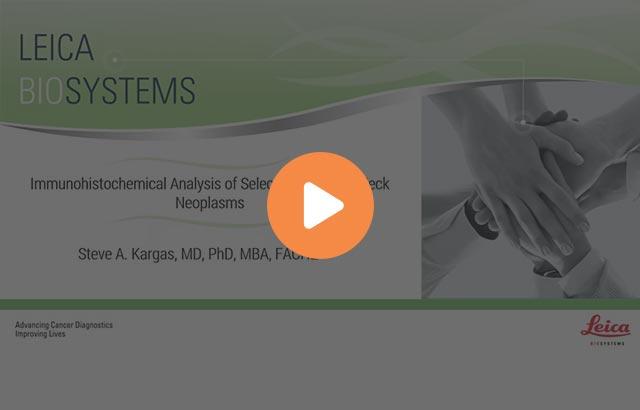Immunohistochemistry Validation: Past, Present and Future

Validation procedures are part of the regulatory process in a laboratory setting. Understanding the basic principles and reasons for validation is important for laboratory compliance of regulations and eventually for patient diagnosis and treatments of diseases. A discussion of current trends and changes with the latest CAP checklist will be reviewed and future direction of where IHC validation may end up will be discussed.
Learning Objectives
- Understanding of the basic principles and reasons for the validation process.
- Describe historical perspective of past IHC validation requirements.
- Discuss current trends and changes in validation requirements (CAP latest checklist).
- Examine the future direction of where the IHC validation process may end up.
About the presenter

Dr. Philip Ferguson is in a private practice located in Arkansas. He has a diverse training background that includes an undergraduate degree in mechanical engineering, post-graduate training in internal medicine, and board certifications in anatomic pathology, clinical pathology, and hematopathology. His professional interests center around educational resource development for pathologists and trainees, and use of immunohisochemistry and molecular diagnostics in surgical pathology. Dr. Ferguson launched one of the first widespread internet educational tools for pathology residents to prepare for their board examination, PathMD (www.PathMD.com), which is now the Leica tool PathLead. Dr. Ferguson also serves as a state commissioner for the College of American Pathologists' Accreditation and Laboratory Improvement Program and is also member of the Global Advisory Board for Leica Biosystems. Dr. Ferguson has published several publications of late including ‘The Effect of Decalcification Solutions on Kappa and Lambda In-Situ Hybridization,’ as well as ‘Effects of Decalcification on Immunohistochemistry Comparing: Immunocal®, Formical2000®, and EDTA Stat®.’
Related Content
Leica Biosystems Knowledge Pathway content is subject to the Leica Biosystems website terms of use, available at: Legal Notice. The content, including webinars, training presentations and related materials is intended to provide general information regarding particular subjects of interest to health care professionals and is not intended to be, and should not be construed as, medical, regulatory or legal advice. The views and opinions expressed in any third-party content reflect the personal views and opinions of the speaker(s)/author(s) and do not necessarily represent or reflect the views or opinions of Leica Biosystems, its employees or agents. Any links contained in the content which provides access to third party resources or content is provided for convenience only.
For the use of any product, the applicable product documentation, including information guides, inserts and operation manuals should be consulted.
Copyright © 2025 Leica Biosystems division of Leica Microsystems, Inc. and its Leica Biosystems affiliates. All rights reserved. LEICA and the Leica Logo are registered trademarks of Leica Microsystems IR GmbH.



